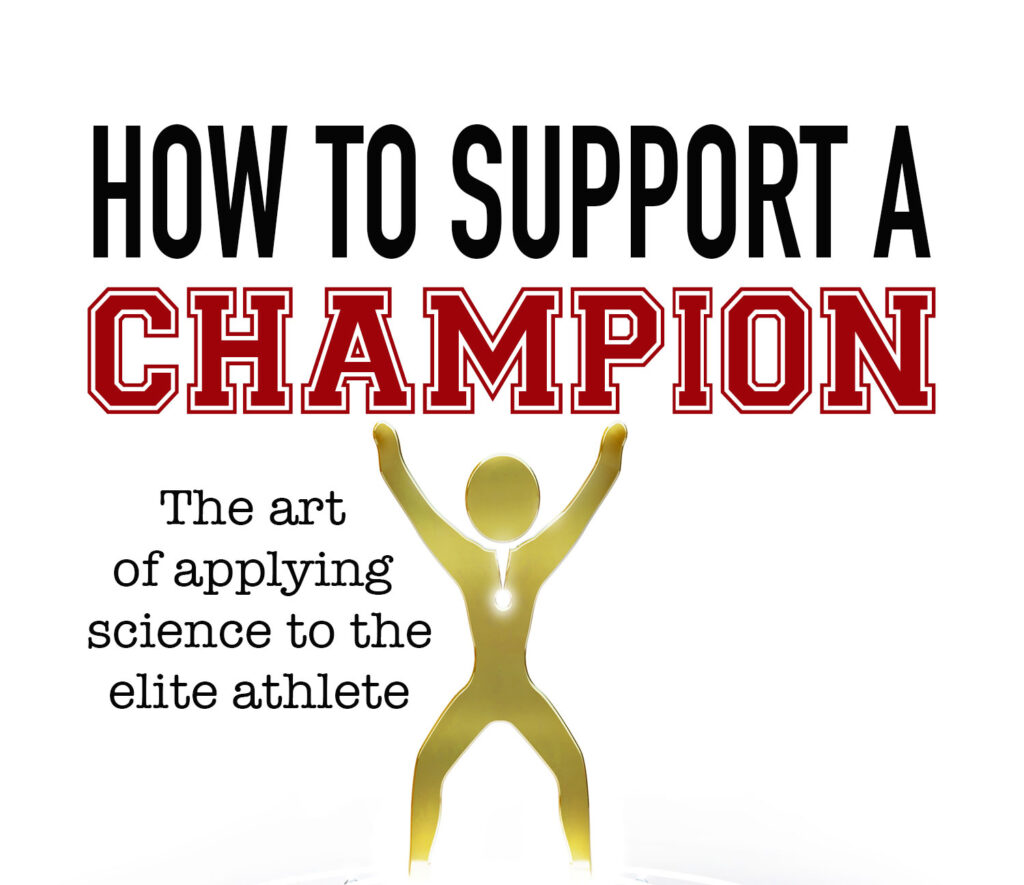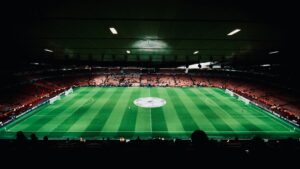To avoid criticism say nothing, do nothing, be nothing – Aristotle
 I picked this book up a couple of weeks back and can’t recommend it highly enough. For anybody starting out (or in the middle) of their life as an applied practitioner you should pick up this book. It’s an easy read and the lessons and learning in the book are told through Steve’s own personal situations and experiences.
I picked this book up a couple of weeks back and can’t recommend it highly enough. For anybody starting out (or in the middle) of their life as an applied practitioner you should pick up this book. It’s an easy read and the lessons and learning in the book are told through Steve’s own personal situations and experiences.
I found myself constantly nodding in agreement and snapping pictures of entire paragraphs of the book. There is a lot more to this book than the points below but they were some of my big take-away’s.
1. Importance of being in a dressing room
Dressing room/club house/swimming pool, wherever your dressing room is or might be it is absolutely imperative that you get working face-to-face with athletes. By all means do your reading, attend your lectures and gather the info, but until you have come face-to-face with a coach or an athlete you’ve not put anything into practice.
In the book Steve tells the story of the first time he meets Steve Redgrave, already a 4 time Olympic champion at that stage. It would be incorrect to describe their first meeting as a warm embrace. Not surprising when you read later on Redgrave’s thoughts on scientists;
“In my experience, scientists think they know it all, when compared to what we know about high performance – scientists know nothing”
This chapter comes to a happy conclusion but it should really bring home the difference between knowledge and application. It is one thing to ‘know’ the research but to be put on the spot, at a training camp or at half-time in a game, that’s when the real test comes. If you want to be an analyst or sport scientist it’s vital you throw yourself into real-life situations as often as possible.
2. Get The Basics Right
For me this is totally underestimated in the field. Don’t think 2 minutes is a long time. Wait until you are sitting in a room full of athletes while they all wait in silence for you to fix the projector!! 10 seconds can feel like a life-time. Steve likens this to a Swan on a lake;
In my early stage of work this was like the swan gliding across the cool water, where the work goes unseen, paddling underwater, to make the basics and the complex appear simple.
Getting the basics right every time builds trust with the coaches and athletes. If they see you playing about trying to get things working they can tell, they won’t feel you have done the work. Applied sports science, whatever the field, requires a lot of trust to be successful, so make sure to get the easy stuff right every-time.
3. Coach – Scientist Relationship
You can get along all you like with an athlete, you can get to know them well, you can advise them directly, you can give them your recommendations, but as an applied scientist, counter to what many might assume, they are not the primary relationship. … my responsibilities are to the coach.
I think this coach – scientist relationship is even more important with analysis. And point 2 feeds into this. It will take time to build this trust, getting the basics right is a good start but it can also take practice. That’s why I believe the more time you spend on this area of your development the better. If you are looking for experience’s this summer don’t be overly concerned with the level you are working at, just get involved with a team or athlete. Sure different resources and time might be available at the higher levels but the skills of building relationships and trust can be learned at the lower levels.
4. Reflective Practice
You see this mentioned a lot. And while I sing the praises of good analysis, this is not something I have been very good at. Sure I think about good and bad sessions, good and bad meetings but I don’t follow an sort of structured review process. Steve lays out some very simple questions to ask yourself and talks about the power of actually writing these down and having something to refer back to. I won’t give away the process here, do yourself a favour and buy the book.
The excellent +YANN LE MEUR @YLMSPORTSCIENCE
Has created this infographic;











